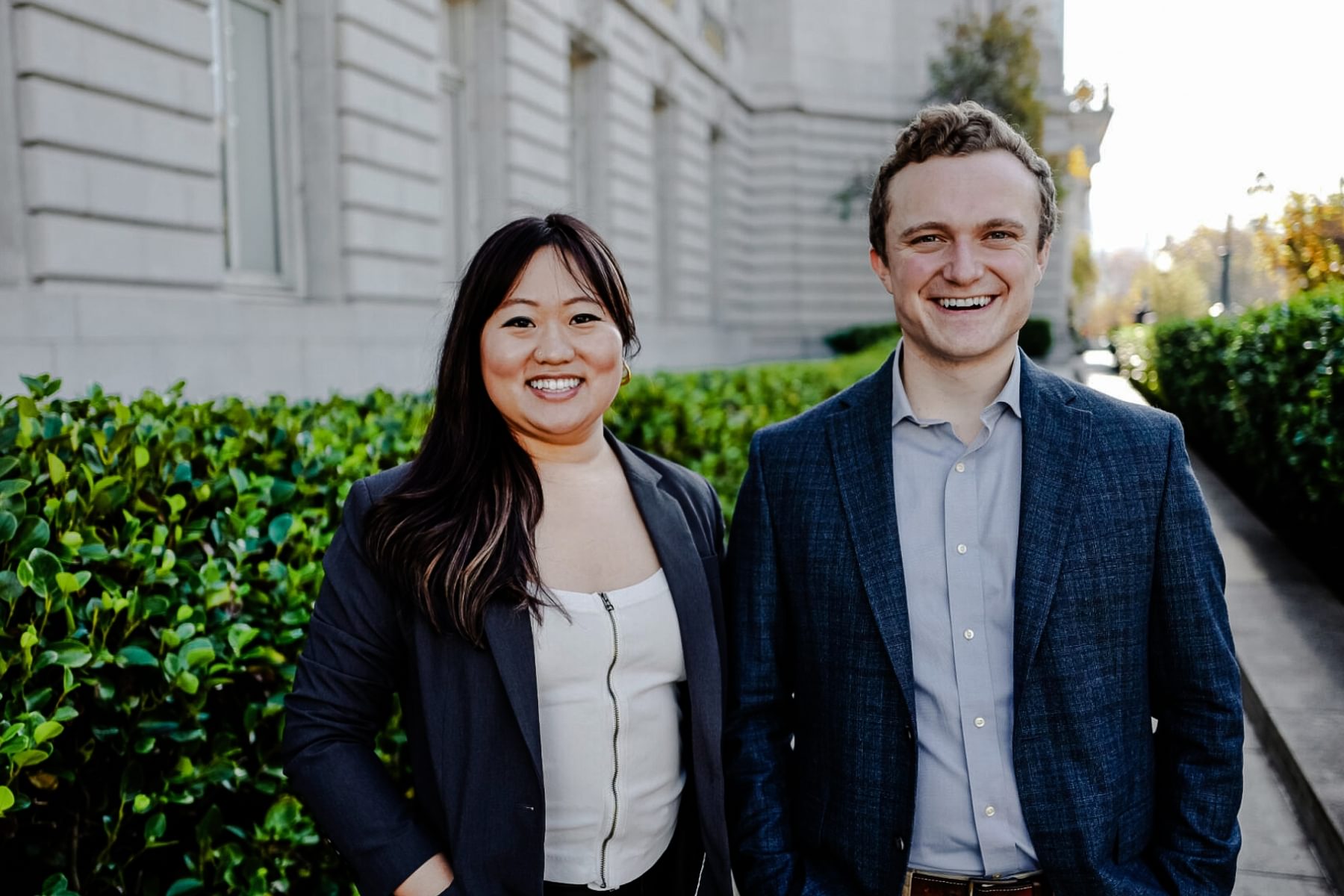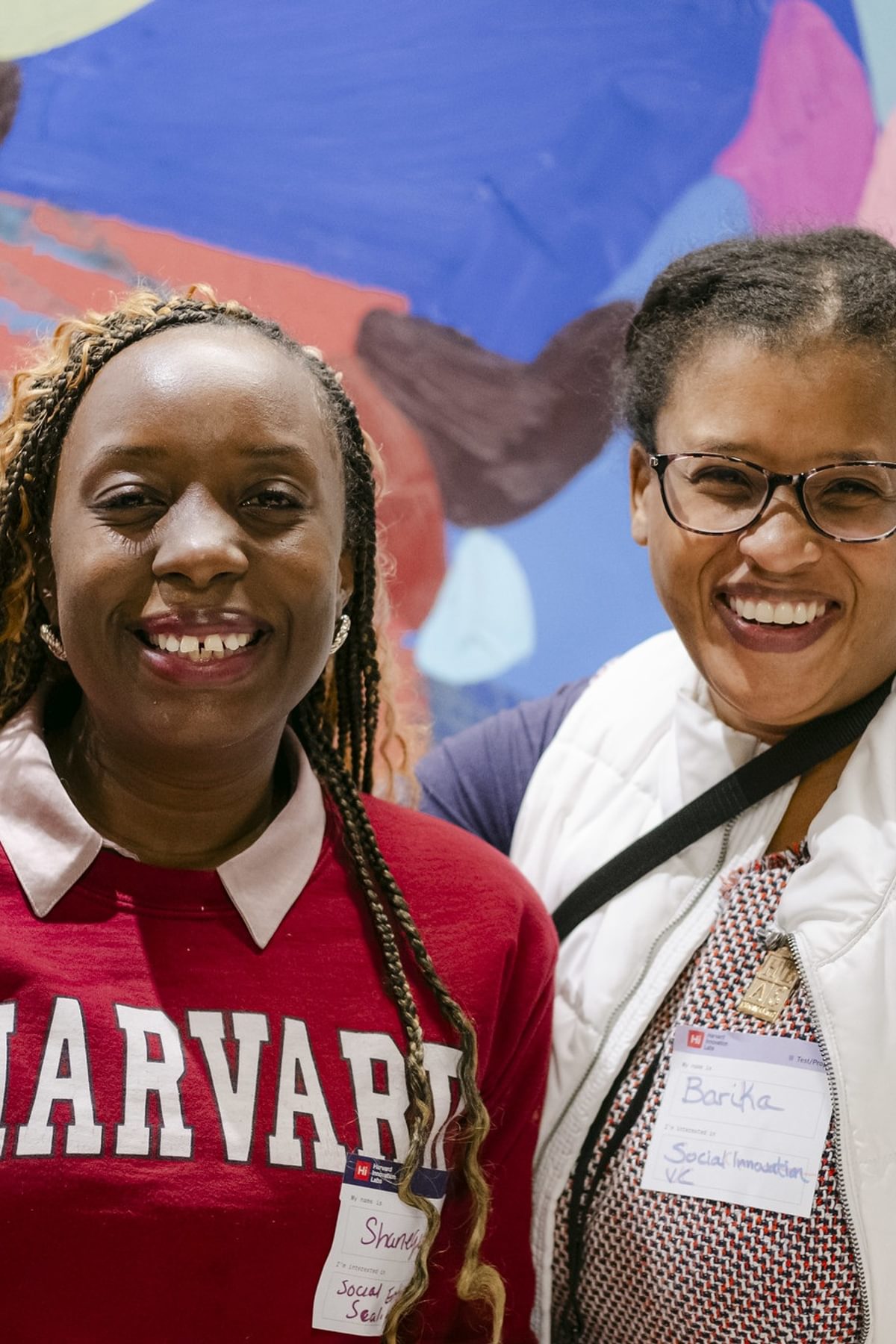In the news industry, it’s typically the reporters asking the questions, but last week at the Harvard Innovation Labs, the tables were turned. Student entrepreneurs from Harvard and other area schools got to ask three of Boston’s top business and innovation journalists about their tips for early-stage founders on engaging the media.
Moderated by Matt Segneri, the Bruce and Bridgitt Evans Executive Director of the Harvard Innovation Labs, the panel featured Hannah Green of BostInno, Aaron Pressman of The Boston Globe, and Steph Solis of Axios Boston. The panelists discussed what makes an interesting story, the best ways to pitch reporters, and how to build lasting relationships with the press.
Here are 10 key takeaways.
Pitch yourself and what you're building.
When discussing what they typically look for in a startup story, the panelists shared a range of insights, pointing out that much of it comes down to personal preference and the tone and direction of their publication.
Aaron Pressman, for one, looks for stories that go beyond traditional venture milestones, such as fundraising announcements: “What's more interesting is when people have...an angle on something that's very interesting to a lot of people. Or maybe the founder has a really interesting life story.”
He continued, "The stories that will get the best play [bring] some sense of vividness to the scene. [For example], ‘We went and saw the oil dripping off the robot,’ something that brings it to life a little more than just a standard business story.”
“A lot of times, I like to drill down and get a sense of how feasible or how practical the idea is,” added Steph Solis. “And that's not to say that...this would discount earlier stage startups. But I tend to gravitate towards those who already have prototypes, [who are] already developing things, as opposed to those who are only in the idea stage.”
Start building relationships early.
Throughout the night, the panelists emphasized the importance of building relationships with reporters at the earliest stages of a startup.
“When you’re earlier stage, you might think that your milestones are not the same as the big companies in Boston, and that's totally normal,” said Hannah Green. “That's where you should be at that stage... Even if you might not think [your venture is] ready for a story yet...it's still worth it to reach out to introduce yourself just to establish that relationship.”
“That relationship building is work, like any relationship, and it will take time,” added Solis. “But that's where we'll be able to tell whether... you have this idea that stands out in an emerging industry, or if you have an interesting story or family background, whether it's something about diversity and inclusion or what it's like to be in Boston.”
Founders in stealth mode can still talk to reporters.
While some founders wish to stay in stealth mode until they publicly launch their venture, that doesn’t have to be a barrier for reaching out to reporters or having an initial meeting, said Solis. Just be sure to clarify up front what is on – or off – the record.
“We will report on things that are on
the record – that means whatever you say can be printed,” she said.
“But a lot of times, whether you're operating in stealth mode...talking
about numbers that you don't have authorization to release yet...or
talking about sensitive topics...we will [agree to talk to people]...off
the record [which means] we're just talking, and nothing's being
written down.”
Email is best.
While reporters’ inboxes are overloaded – think up to 300 emails a day – they generally agree that email is the best way to reach out, even if they can’t respond to every pitch they receive.
“I prefer to keep it in one place, even though it can be a lot,” said Green.
Pressman added that he tries to read at least the subject line and from address of each email and stressed the importance of a personalized, concise, and engaging subject line.
“[I’m doing] major levels of triage. If there's anything in the subject line that makes it seem like it's [irrelevant]… I'm deleting it in fractions of a second,” he said. “If there's a way to reduce whatever you think it is that's most going to connect with me into the subject line — especially [if] your startup is from Boston — that's the place [for] email.”
Do your homework.
To help a pitch stand out, the panelists shared that founders first must do their homework on the reporter you’re pitching.
“You can usually tell when...this is a very mass-produced email that's just been kind of blasted out,” said Green. “They haven't really looked at what I cover. They haven't looked at what I read about recently. They don't really understand the publication...Take the time to read the stories that the reporter you're pitching is writing about.”
Solis shared a similar experience: She frequently receives emails from publicists about individuals joining a board of investors, but it’s not the type of news her publication includes. “If you know who you're pitching to, you would know that that would be great for The Beat, or in some cases, the Innovation Beat. [But the pitch] would not be good for a newsletter that does not have a personnel section.”
Make a clear ask and avoid industry jargon.
“Sometimes I get messages, and I'm not even sure if the person wants me to meet, or what they’re asking for,” said Green. “Be more specific in what you're asking of people.”
And when you do, be sure to avoid industry jargon. “I don't know if it's just a matter of public speaking or getting nervous, but [founders] will [use] jargon and go back to how they normally explain it to experts in their field or maybe potential investors who specialize in the specifics,” said Solis. “That doesn't work when you're telling a story to such a wide audience.”
The remedy? Practice talking about your venture with someone outside of your industry, said Green.
“How many of you have family group chats or have regular conversations with your grandma or your aunt or maybe your parents, and they have no idea what you do?” asked Solis. Practice with them, she recommended, and “look for the relative who will call you out or who you feel like will comfortably be like, ‘No, no, I don't know what that was.’”
Publicist versus founder? Either, as long as they’re informed.
When asked if the panelists prefer for a founder to reach out over a publicist, Pressman stated that their level of knowledge about the venture is more important than their role in it.
“I don’t have any problem with that
first outreach being from a PR person, or someone I don't know, or the
founder, or someone who works in marketing,” he said, “as long as that
person is on the ball and informed about what they're seeking.”
Three can be a crowd.
When it comes time to take that initial meeting, Solis said she prefers to build relationships directly with the founder, without intermediaries in the room.
“What I find missing half the time is the ability to have a one-on-one with the founder,” she said. “When it happens, it’s great, but there’s so much gatekeeping nowadays, especially in a city or region like Boston. PR people...want to listen in on every call.”
Know your audience and tailor your talking points.
Pressman shared that it’s obvious when founders do – or don't do – their homework before the interview. “I’m a reporter...I'm not an AI expert...So putting in some thought before you talk to the reporter is important. How technical is that reporter or that reporter’s publication, and what kinds of things do they tend to write about?”
Added Solis, “Always fact check your claims before you pitch to us because it sucks having like a half hour conversation and then realizing...the story was pitched one way, but this technology can actually only do...these other things."
Reporters are not out there to “get” startups, but they do cover news that is positive, neutral, and negative.
While the reporters acknowledged that their job is not to “be a publicist or to only tell good stories,” as Pressman said, negative stories will only appear with good reason.
“If you are a first-time founder pitching for the first time, we're probably not writing about some huge scandal,” said Green. “But we will...ask you questions about how things work. If something doesn't make sense to us, we will ask you why [this] number doesn't match that number.”
“When we're writing about startups, we're going to reach out to you if something bad happens and we have to get comment,” added Solis. “But when we want to get coffee or just get to know you, what we're trying to learn about are the good things...I should just be able to come by, see where you are, see how things are going, or meet up with you at Venture Cafe...and get to know one another.”
These are just a few of the many insights the reporters shared. For more, watch the full recording, including the Q&A.
For local innovation news, subscribe to these newsletters: Axios Boston, The Beat by BostInno, Innovation Beat by The Boston Globe, and the i-lab’s Press 13.





